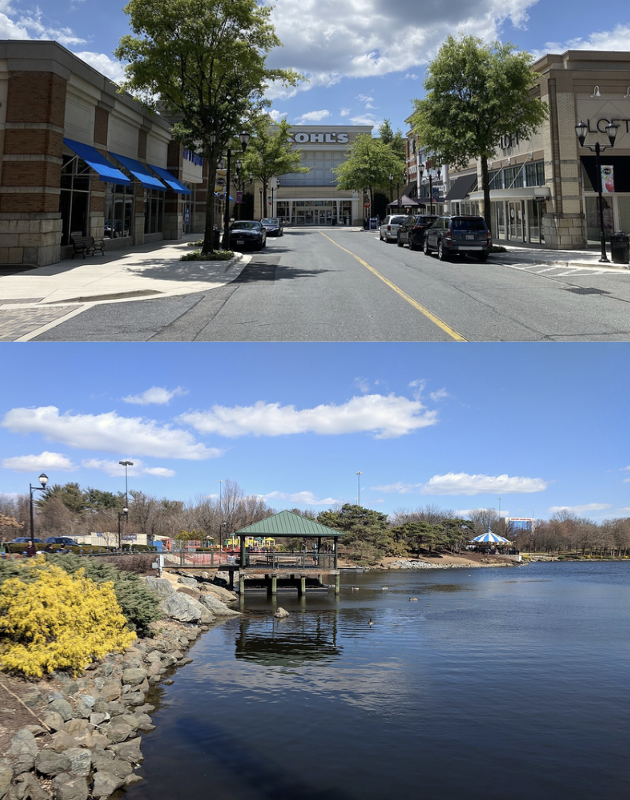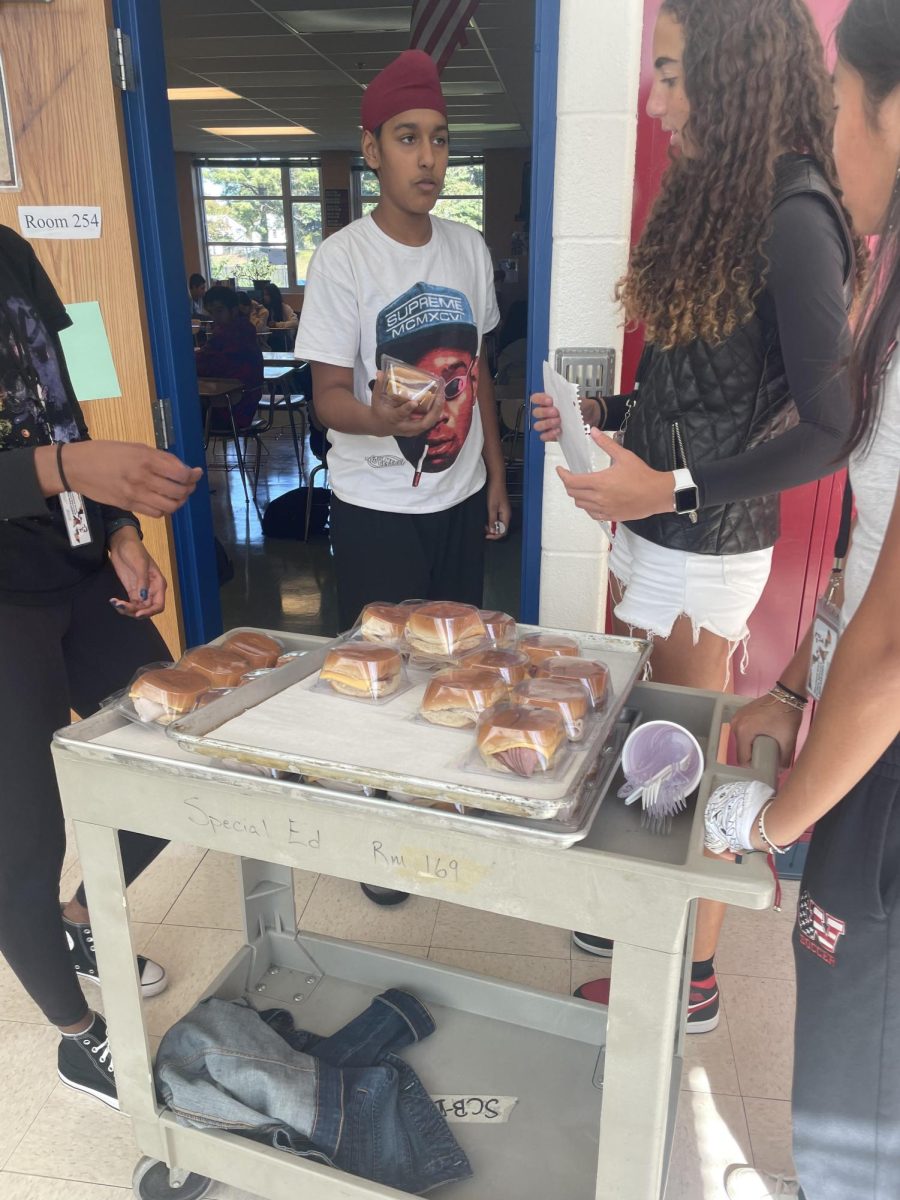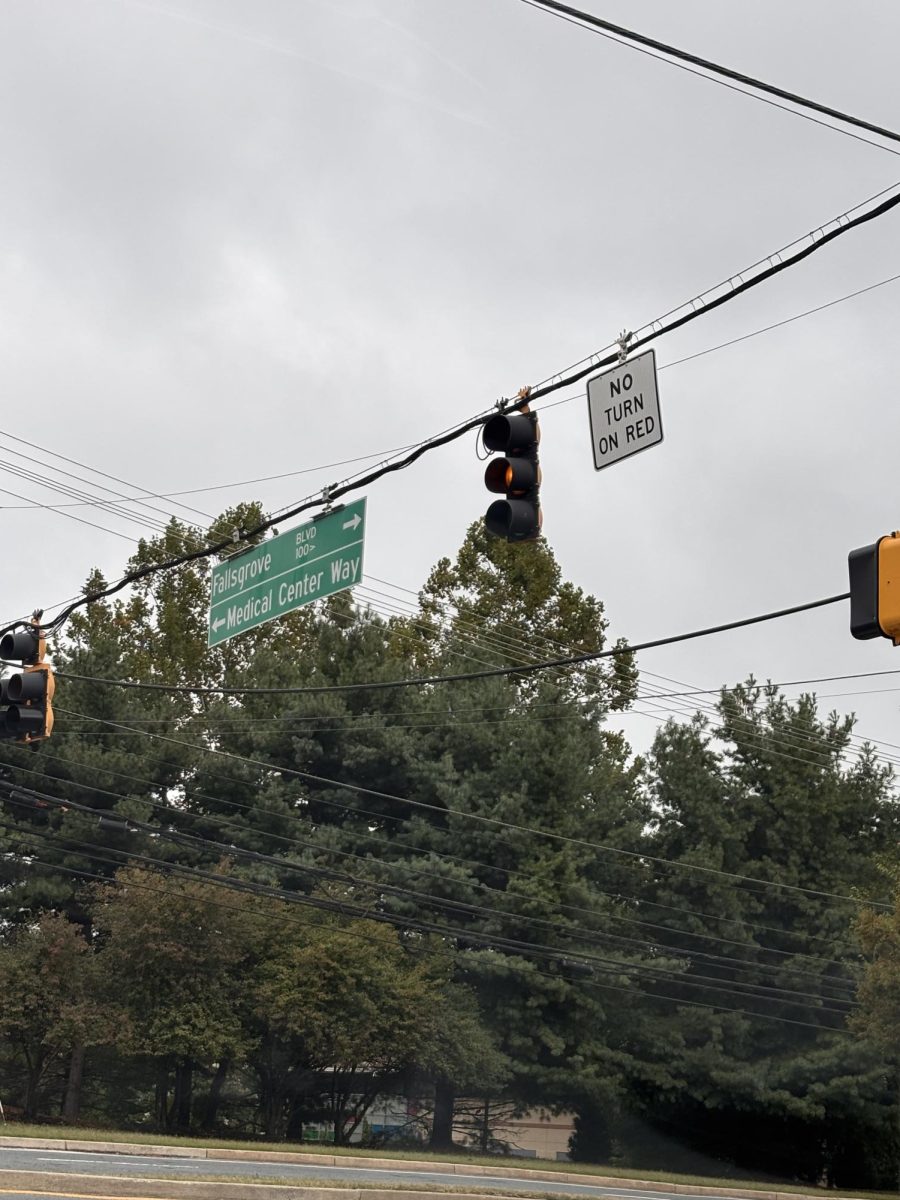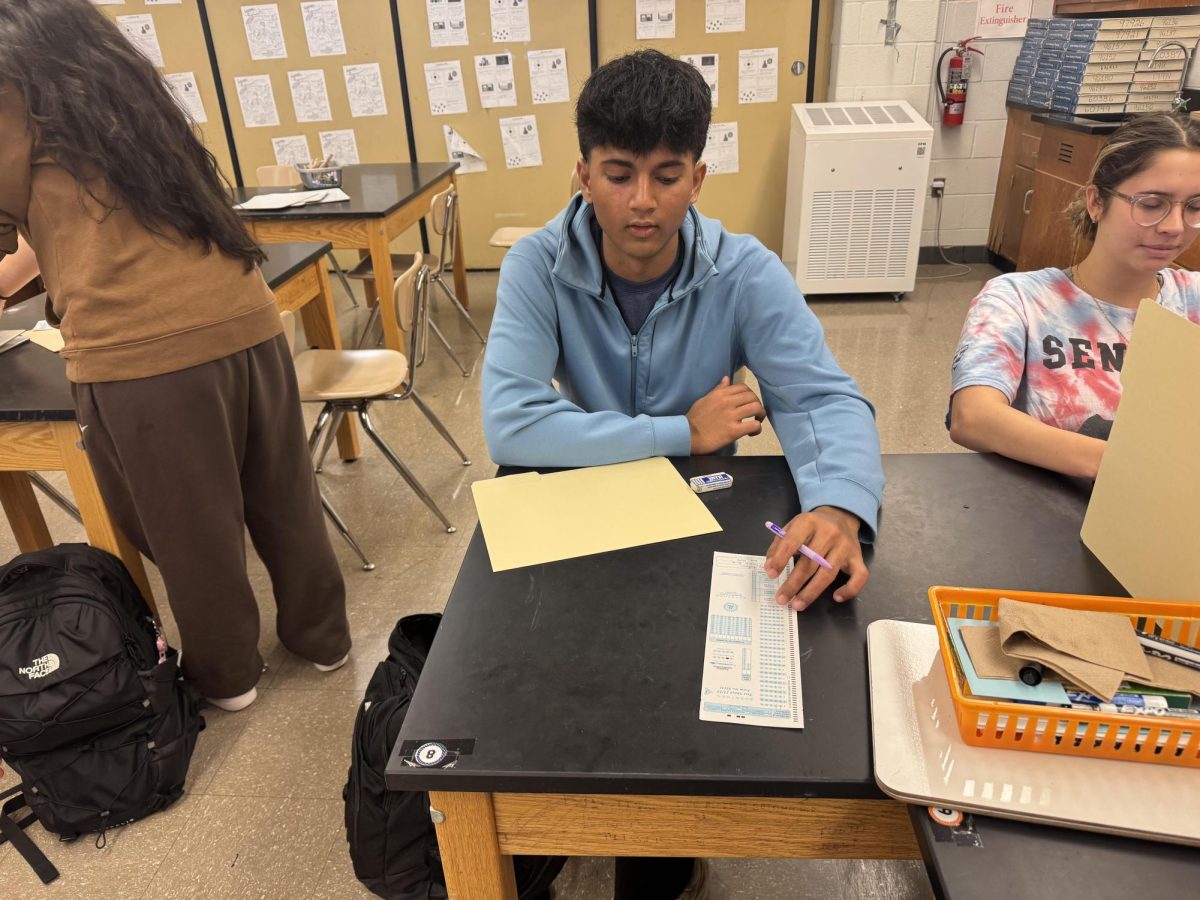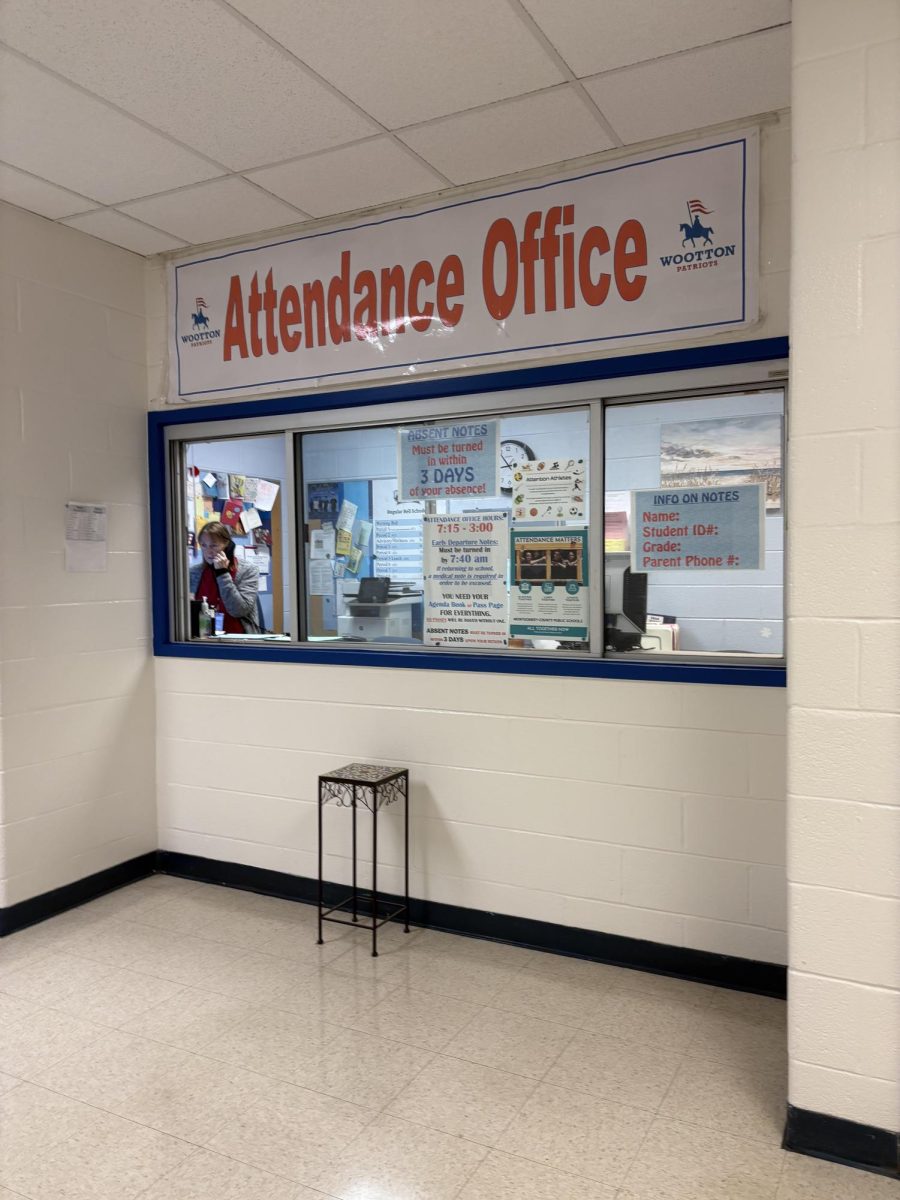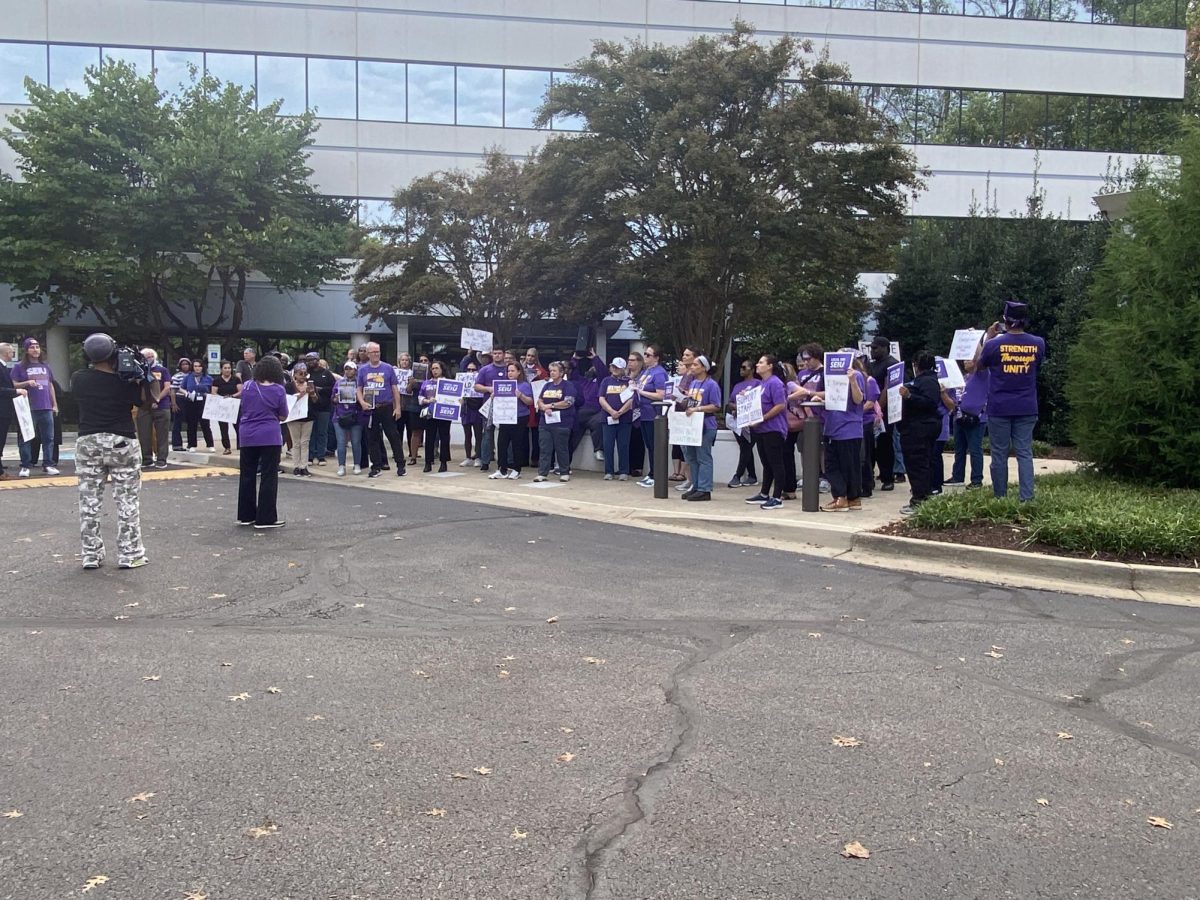LGBTQ students here engaged in a Day of Silence on April 21 where participants opted not to speak with a group of them reinforcing the act by placing a piece of tape over their mouths.
Whether it was only for part of the day or the whole day, the impact was the same, as the ultimate goal of the students was to “bring up the silence that LGBTQ people face by participating in the silence yourself,” junior Chase Kahn said.
The Day of Silence has been held every year in April since 1996, when it was first organized by students at the University of Virginia. In 1997, the Day of Silence went national and had almost 100 colleges and universities participating.
The event is now put on the organization GLSEN, which stands for gay, lesbian and straight education network. The Day of Silence is a “student-led national event organized in thousands of schools, bringing awareness to the silencing effects of anti-LGBTQ name-calling, bullying and harassment in schools,” according to the GLSEN website.
This day is more than not talking for a chunk of time; there is a clear purpose behind the silence. “I participated in this day so I could stand in solidarity with the people who don’t have the ability to talk about these things freely. To me, It is a way of standing with them and acknowledging their struggle,” Kahn said.
Not everyone who participates in this day does it just for themselves, but also for others who either haven’t found their voice yet or need help in strengthening it. “I did it to represent both myself and others. It’s nice to be noticed for something that you’re an activist for but it’s also nice to advocate for the people who can’t do it alone,” junior Lane Bower said.
A range of participants this year were disappointed with the turnout, as it was much less than previous years and did not hold the same amount of impact. “In the future I would advocate for spreading the word more about this day because a lot of people didn’t know when it was or even what it was,” Bower said.
One of the reasons a large number of students did not participate in this day was due to lack of information. The absences can also be attributed to people not being ready to share yet. “On the Day of Silence, when you see how many people are really missing, it gives you the idea of the many people dealing with this each and every day,” Khan said.
This year’s low participation rate in the Day of Silence does not have to set a precedent for down the road. “This day is about making a statement and the more people you have, the stronger the statement is. So I encourage other people to do it if they have the ability in future years,” Kahn said.
Caity Greenspun
Staff Writer



